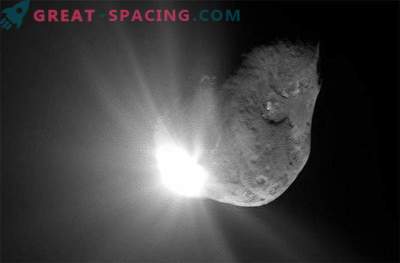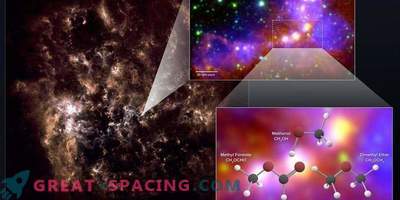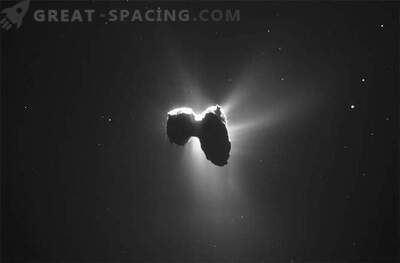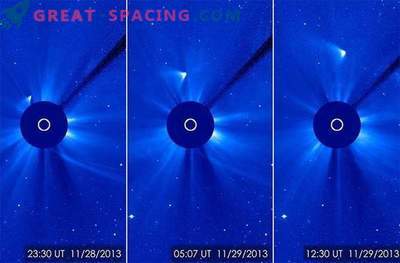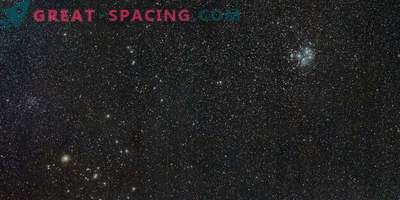
On Friday, scientists discovered two complex organic molecules or the building blocks of life on a comet, which sheds light on the cosmic origin of such planets as Earth.
"Ethyl alcohol and a simple sugar, known as glycolaldehyde, were identified in a comet by Lovejoy," says a scientist in the journal Science Advances.
"These complex organic molecules can be part of the rock from which the planets were formed," the study says.
Other organic molecules were also detected on comets. The latter - on comet 67P / Churyumov-Gerasimenko, on which the European Rosette apparatus found several organic molecules, including four, that had never before been seen on comets.
Since they learned that comets contain some of the oldest and most primitive materials in the Solar System, scientists consider them as time capsules, offering a look at what life was 4, 6 billion years ago. “But until the studies are completed, the debate over falling comets and whether they really irrigated Earth components necessary for life will continue,” said Dominique Bocelli-Morvan, an astrophysicist at the French Scientific Research Center.
"The presence of a large complex of organic molecules in the material of the comet is an important step towards understanding the situation that prevailed at the moment when life on our planet had just begun," she told AFP.
"These observations show a possible explanation for her (life) appearance on our planet," she added.
"Comet Lovejoy is of particular interest to scientists because it is one of the most active comets in the orbital neighborhood of the Earth," says the scientist.
The study was conducted using a 30-meter telescope at the Millimetric Institute of Radio Astronomy in Sierra Nevada, Spain, in January 2015, when the comet was in its most productive and vibrant phase.
